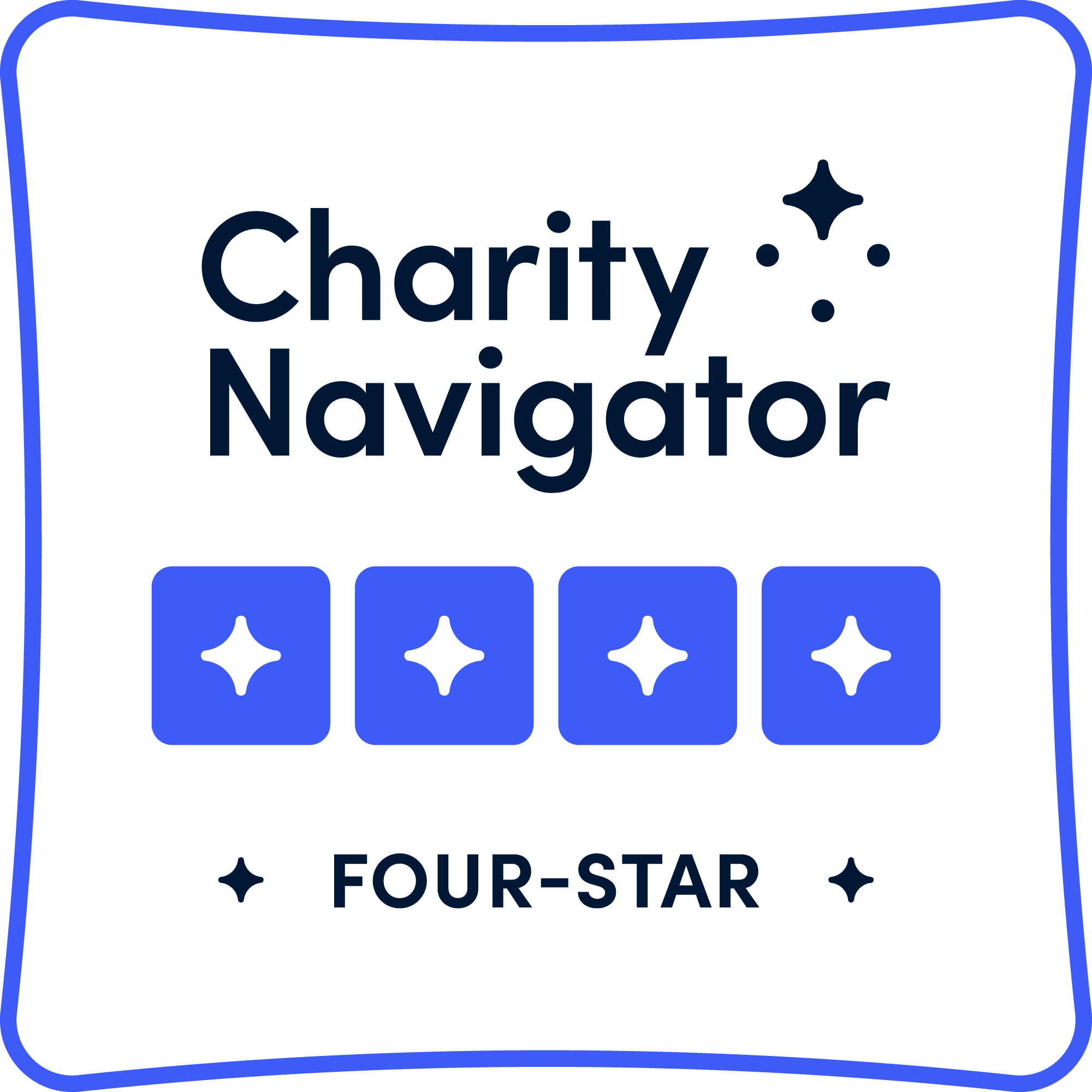Age-related macular degeneration (AMD) is the leading cause of irreversible vision loss in people over the age of 65. Until relatively recently, people diagnosed with AMD faced an almost certain road of progressively worsening vision. For many, that road led to legal blindness. Thanks to new drugs, much of the vision loss from wet AMD can now be prevented—or at least slowed. In many cases, it can even be reversed.
These anti-VEGF (vascular endothelial growth factor) drugs target a protein that is involved in the growth of new blood vessels, reducing the leaking blood vessels that can damage the macula and cause vision loss. While there are a number of new therapies expected to reach the market soon, there are currently two available drugs that have been stealing the spotlight recently due to their vast difference in cost.
Lucentis is injected into the eye and has been found to stabilize vision in most patients, and restore it in around 40 percent. Avastin is another anti-VEGF injection that works similarly but is not yet approved by the FDA for the treatment of AMD (it is approved for the treatment of colorectal cancer). Because Avastin is significantly cheaper, many doctors prescribe Avastin off-label and a recent clinical trial found it to be as effective as Lucentis. The potential catch is that the safety trials are not yet finished, and there have been recent reports of serious eye infections in people using Avastin.
In addition to making a decision about what drug—if any—is right for them, patients diagnosed with AMD have a lot on their plate. In order to help them learn more about their disease and its treatment, the Alliance has updated and released its highly successful educational brochure—Taking a Closer Look at Age-Related Macular Degeneration. This is the 4th edition of the brochure and has been updated to reflect the latest advances in detection, prevention, and yes—treatment. It guides readers through the latest information on symptoms and risk factors, while offering ways to reduce risk. The widely used Amsler Grid can also still be found on the back cover.





